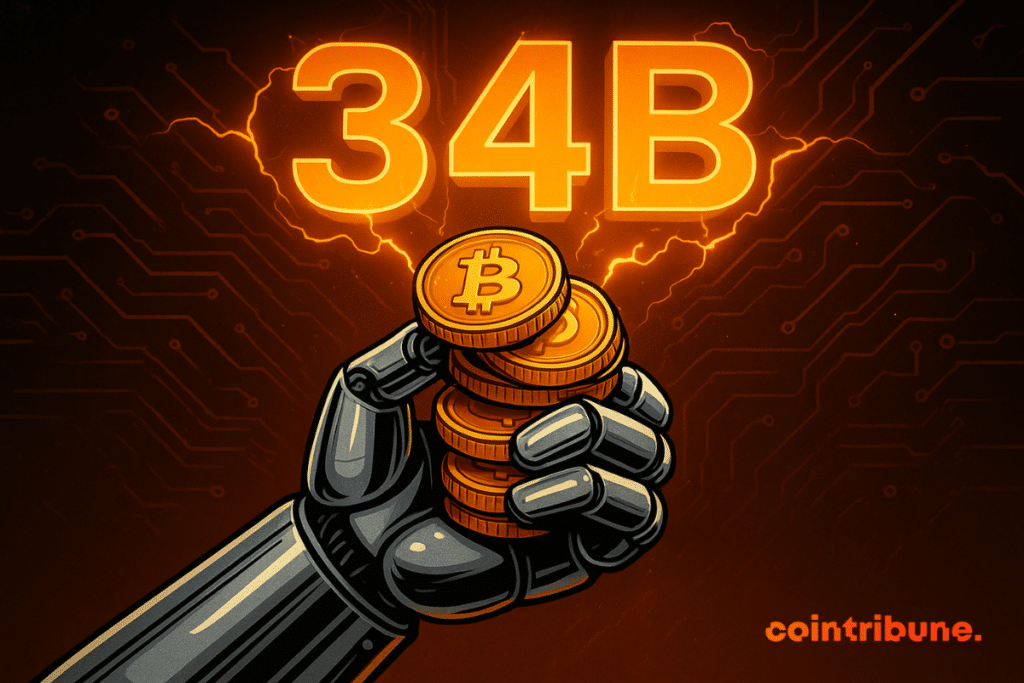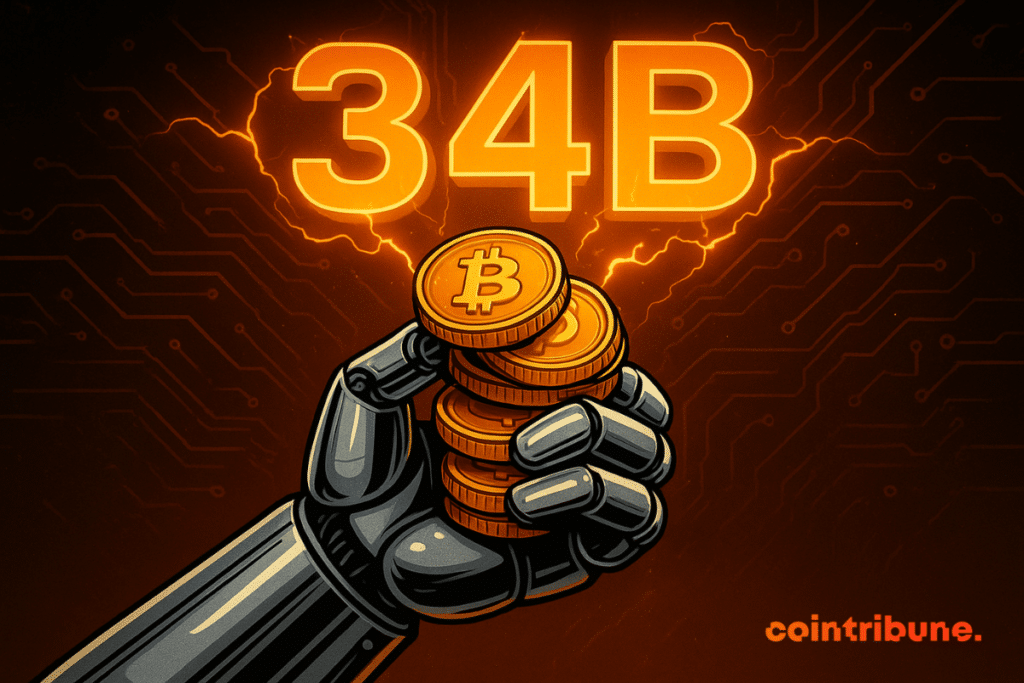Parents should broach the AI conversation with their children when they are elementary school-age, before they encounter AI through their friends at school or in other spaces, says Marc Watkins, a lecturer at the University of Mississippi who researches AI and its impact on education.
Eva Redamonti for NPR
hide caption
toggle caption
Eva Redamonti for NPR
Nicholas Munkbhatter started using ChatGPT shortly after the artificial intelligence chatbot was released in late 2022. He was 14 at the time, and he says, “I would use it for almost everything, like math problems.”
At first, Munkbhatter, who is from Sacramento, Calif., thought it was amazing. But then, he says, he started to see downsides: “I realized it was just giving me an answer without helping me go through the actual process of learning.”
Many kids and teens use ChatGPT and other generative artificial intelligence models like Claude or Google Gemini for everything from dealing with math homework to coping with a mental health crisis, often with little to no guidance from adults. Education and child development experts say parents must take the lead in helping children understand this new technology.
“Having conversations now about what is ethical, responsible usage of AI is important, and you need to be a part of that if you are a parent,” says Marc Watkins, a lecturer at the University of Mississippi who researches AI and its impact on education.
While early evidence suggests the technology could bolster student learning if deployed correctly, ongoing research and stories about teenagers who died by suicide after talking to AI chatbots indicate significant risks to young users.
Experts share advice on how to talk to kids about AI, including its potential benefits and harms.
Start the conversation early
Broach the conversation when children are elementary-school age, Watkins says, before they encounter AI through their friends at school or in other spaces.
To guide these discussions, Watkins says to budget time each week to learn about AI and try the tools for yourself. That might mean listening to a podcast, reading a newsletter or experimenting with platforms like ChatGPT.
To explain how AI works to your kids, Watkins recommends playing a Google game called Quick, Draw!. Players receive a drawing prompt, and the game’s neural network tries to guess what you’re drawing by recognizing patterns in doodles from thousands of other players.
Watkins says it’s a way to show kids that AI is only as good as the data it’s trained on. It mimics how humans write and create content, but it doesn’t think or understand things the way people do.
Use AI together
Since the technology is still evolving, parents are often learning about it alongside their children. Ying Xu, an assistant professor at the Harvard Graduate School of Education, who researches AI, says parents can use this as an opportunity to explore it together.
For example, the next time your child asks you a question, type it into an AI chatbot and discuss the response, Xu says. “Is it helpful? What felt off? How do you think this response was generated?”
Parents should also reinforce that AI can make mistakes. Xu says parents can teach kids to fact-check information that AI chatbots provide by using other sources.
Explore its possibilities
If your kid is using AI for homework help, keep an open mind.
Research has shown that some AI tools can have a positive impact on learning. Xu worked with PBS Kids to design interactive, AI-powered digital versions of popular kids shows. She found that children who watched the AI versions were more engaged and learned more compared with children who watched the traditional broadcast version of the show.
Meanwhile, Munkbhatter, the teenager from Sacramento, says AI has been a helpful learning aid and brainstorm partner — so long as he doesn’t use it to do all the work for him.
Now, if he gets stuck on a challenging math problem, he says he asks ChatGPT: “What’s the first step I should take when looking at a problem like this? How should I think about it?”
Munkbhatter also says he provides his class notes to ChatGPT and asks it to quiz him on the subject matter. “I make sure that it only gives me the question itself rather than the question and the answer at the same time.”
Understand the risks
We don’t yet know how generative AI will impact child development in the long term, but there are some present dangers.
Dr. Darja Djordjevic, a faculty fellow at Stanford University’s Brainstorm: The Stanford Lab for Mental Health Innovation, is working with the group Common Sense Media to study how popular AI models respond to users who show symptoms of psychiatric disorders that affect teens. The research hasn’t been released yet, but Djordjevic shared some of her findings with NPR.
“ What we found was that the AI chatbots could provide good general mental health information, but they demonstrated concerning gaps in recognizing serious conditions,” Djordjevic says.
At times, she says, AI chatbots provided unsafe responses to questions and statements about self-harm, substance use, body image or eating disorders and risk-taking behaviors. She says they also generated sexually explicit content.
NPR reached out to OpenAI, the company behind ChatGPT, about these concerns. We were directed to a recent post on the company’s website that says OpenAI is “continuing to improve how our models recognize and respond to signs of mental and emotional distress and connect people with care, guided by expert input.”
The post says ChatGPT is also trained to direct users expressing suicidal intent to professional help.
Warning signs a child is spending too much time with AI include increased time alone with devices or talking about an AI chatbot as if it were a real friend.
“That’s a warning sign that the conversation about these being AI tools and not people needs to be nurtured again,” Djordjevic says.
Set reasonable household rules around AI
You may be wondering how to enforce these boundaries at home. Experts share their tips.
Co-write the AI rules with your kids, Djordjevic says. Identify safe uses of AI together — like for homework help with a parent’s supervision or as a creative outlet — and limit the amount of time your child uses it. And check in regularly on how the use of AI is making your child feel.
Don’t prohibit your kids from using AI — but do set limits. “Bans don’t generally work, especially with teens,” Watkins says. “What works is having conversations with them, putting clear guidelines and structure around these things and understanding the do’s and don’ts.” Parents should feel empowered to ban clearly dangerous uses, like if a child is harming themselves and an AI chatbot encourages the behavior, Djordjevic says.
Make time for real life. Prioritize time spent outside with real people, away from devices, Djordjevic says. That could include joining a sports team and scheduling regular family activities.
Trust that your conversations will make a difference. As overwhelmed as parents might feel navigating AI, Watkins emphasizes that taking time to talk with kids can have real impact: “They’re not going to remember an ad from an AI chatbot. They’re going to remember a conversation you had with them. And that gives you a lot of agency, a lot of power in this.”
This episode of Life Kit was produced by Clare Marie Schneider. It was edited by Malaka Gharib. The visual editor is Beck Harlan.
Want more Life Kit? Subscribe to our weekly newsletter and get expert advice on topics like money, relationships, health and more. Click here to subscribe now.

























